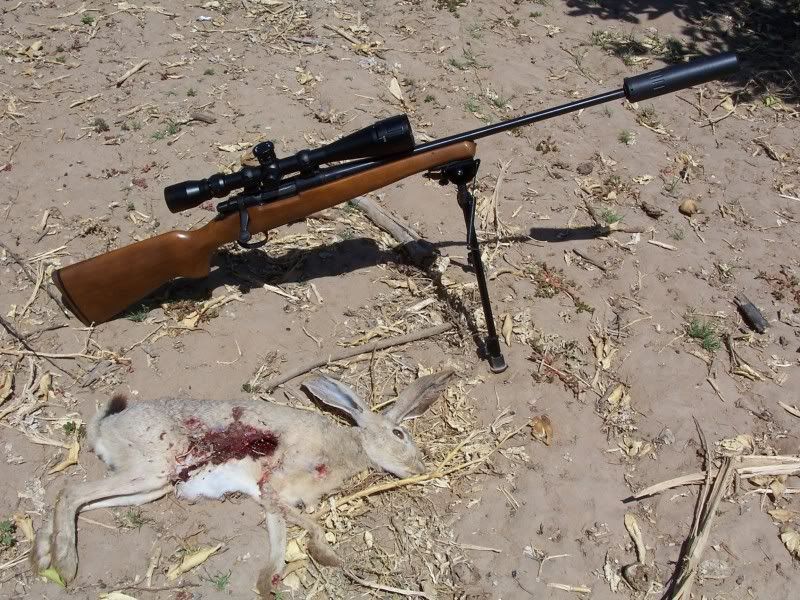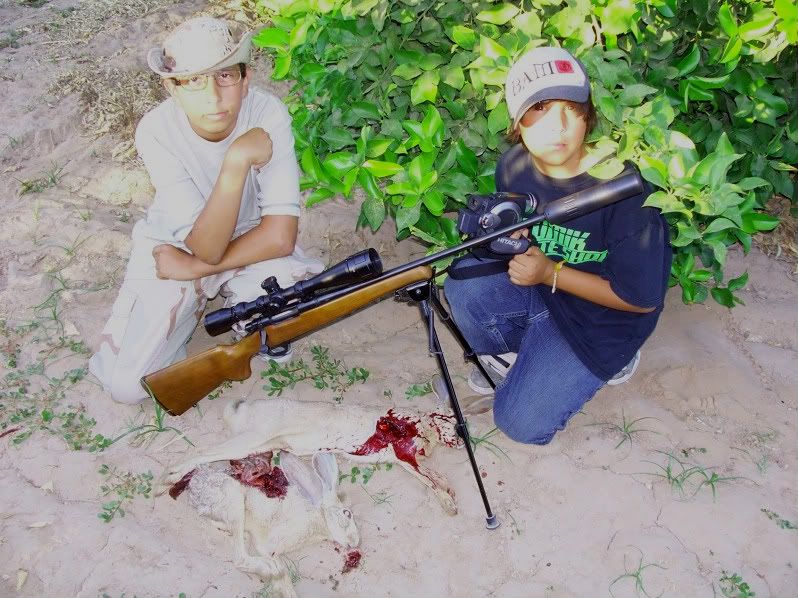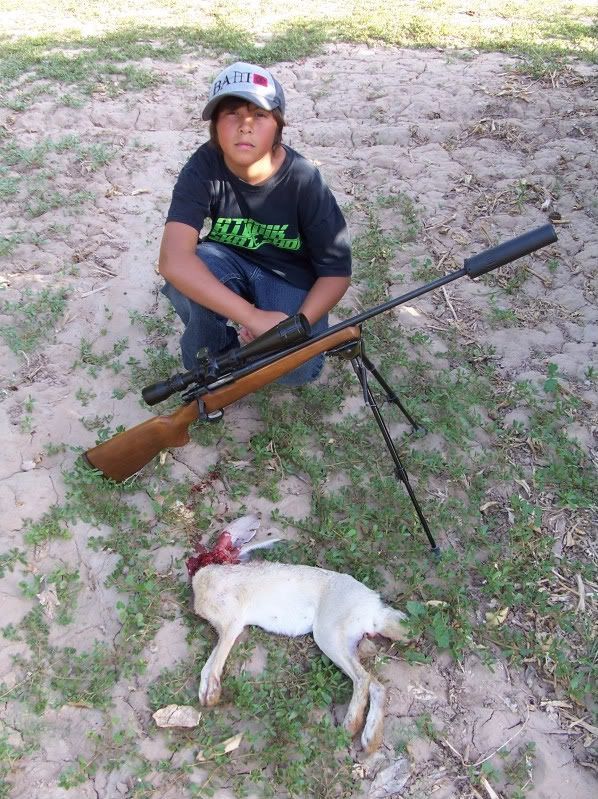With regards to suppressing rifles with "skinny barrels", I can offer you the following information based on my own experience:
The rifle in the picture below is a Remington model 7 youth model with a standard factory "sporter" (read Pencil) barrel.

With respect to "skinny barrels and suppression, the absolute first thing you need to determine is whether or not your muzzle diameter is large enough to support threading to a pitch of 1/2X28
and leave enough meat on the barrel to provide enough shoulder for your suppressor to "index" upon.
Without a "square" shoulder to index the can on baffle strikes are almost assured. Absent sufficient shoulder you also run the risk of the muzzle protruding too far into cans "blast chamber" causing carbon buildup on the exposed threads seizing the can to the barrel.
If your muzzle diameter will support threading but insufficient shoulder you have two options:
1. Cut the barrel back to a point where there is sufficient diameter for the required shoulder or:
2. Choose a fast Attach can that uses a Flash Hider or Muzzle Break attachment for the can, have your barrel threaded "long" and have the mount index on the muzzle.
No shoulder is required in option 2.
Option 2 is the route I took with above pictued Model 7. I went that route because I didn't want to cut several inches off the barrel to support having the shoulder:

In the above picture you can see the exposed threads behind the suppressor mount allowing for the mount to be "run" all the way down against the muzzle.
To some it may be unsightly but my kids don't seem to notice:


Accuracy has not been an issue with respect to teh can being indexed on the muzzle and with 40 grain ballistic tips and a standard charge of WC844T this riifle will have all rounds touching at 100 yards.
The suppressor I use on all my 223/556's is an AAC M42000 and it's the one shown on this rifle.
The M42K is somewhat heavy coming in at at 17.5 ounces (without the mount) and on this thin barreled rifle all that weight causes a 7 inch POI shift at 100 yards (from an unsuppressed zero).
That shift is repeatable with boring regularity with removing and replacing the can.
With regards to continued accuracy between suppressed and unsuppressed groups, there is no difference between the two.
Groups suppressed mirror those of the unsuppressed rifle, again, with boring regularity.
I will share that it has been my experience (with a properly threaded barrel and indexed can) there is no detriment to accuracy with respect to adding a suppressor.
If your rifle grouped well prior to using a can, it
should continue to group well when suppressed.
If it doesn't then there is a problem with how the barrel is threaded/how the can is mounted.
At times I have noticed a small "increase" in accuracy and I have rifles whose groups (with pet loads) tighten somewhat when the suppressor is attached but not significantly so.
Groups tighten on my rifles (that display this trait while suppressed ) on the order of about 10%.
That said, I have never had a barrel that I considered inaccurate shoot markedly better with a suppressor attached.
I hope this tiny bit of info coupled with what Bart B shared has helped in some way.
If youhave anymore questions, feel free to ask.
Dr.